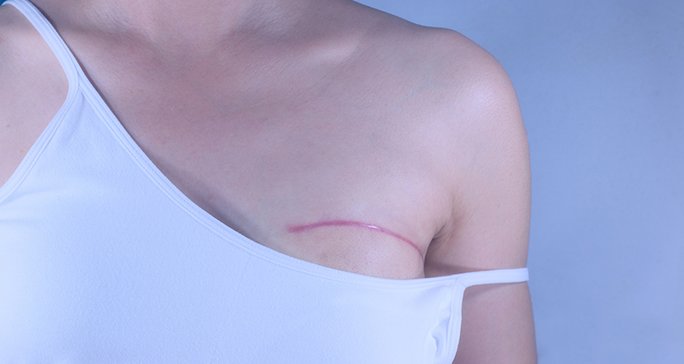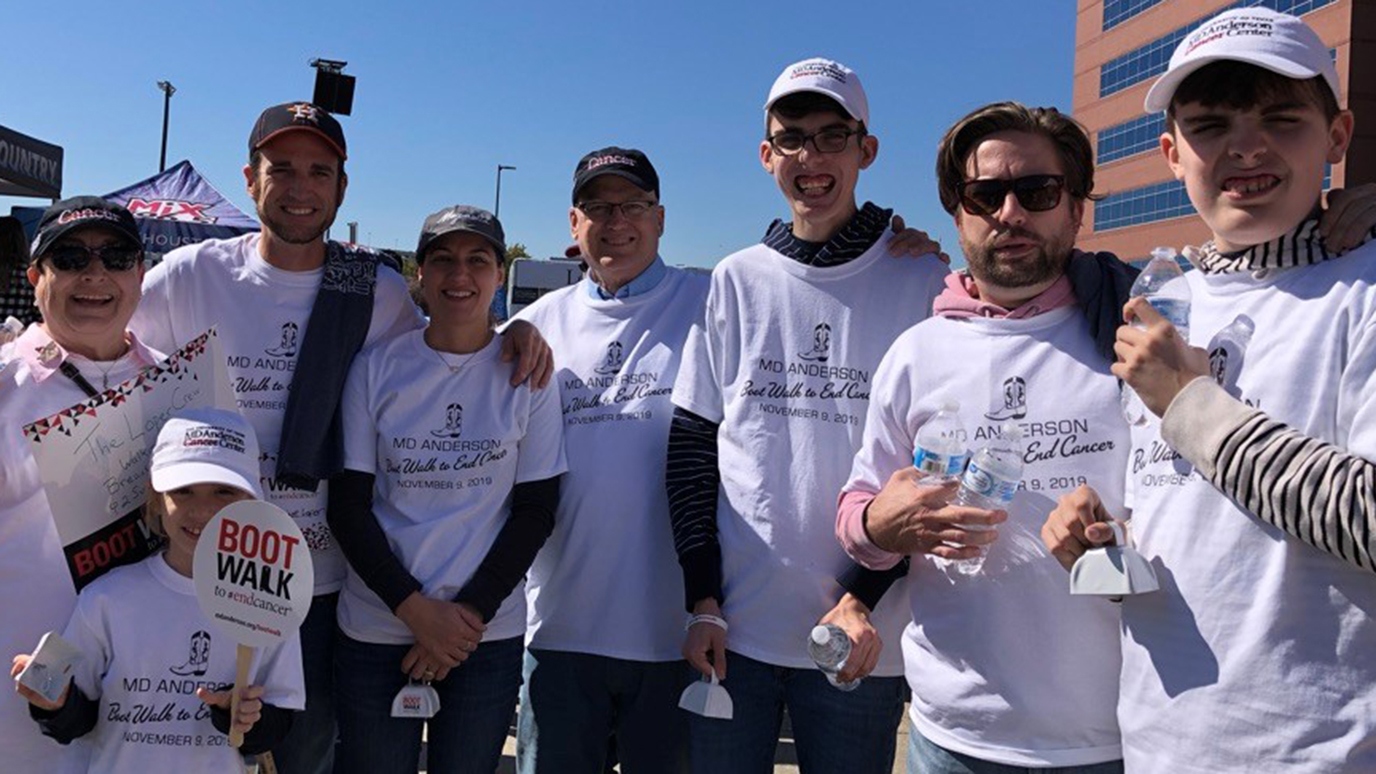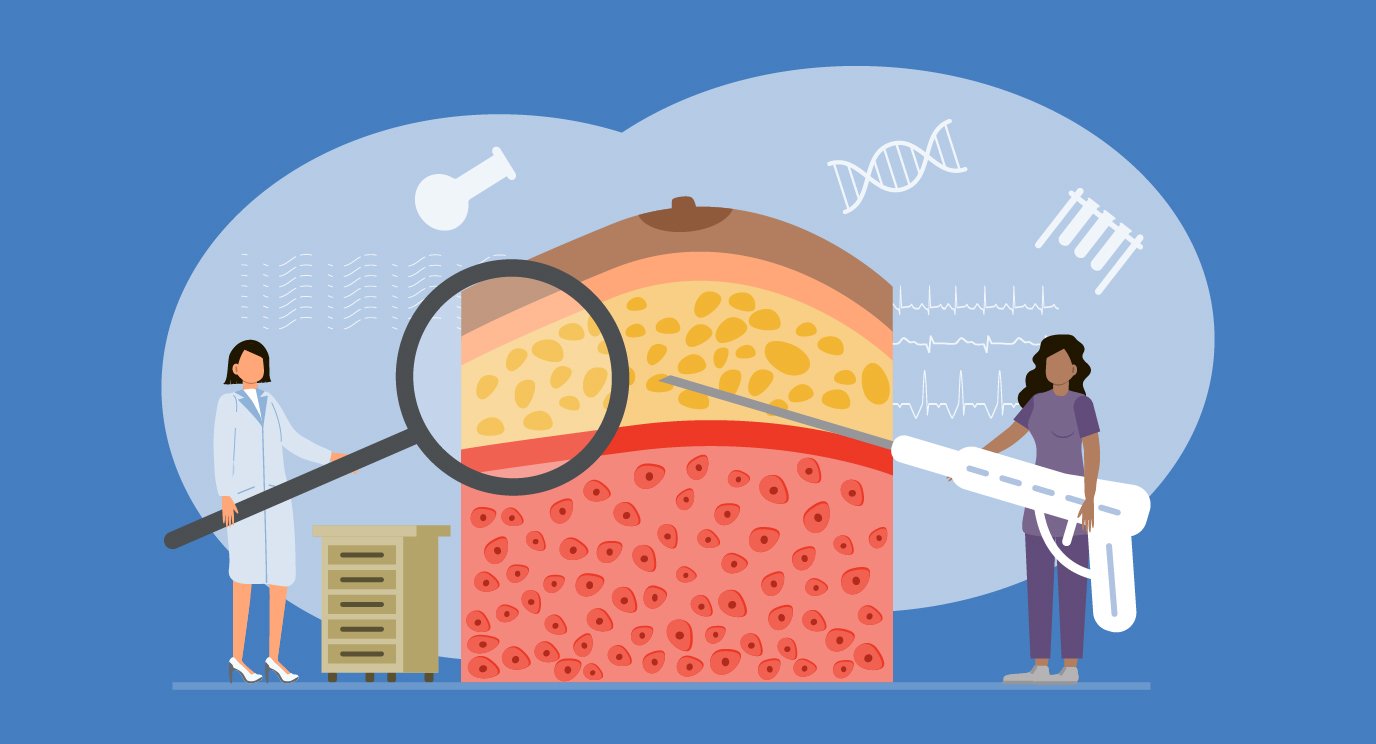- Diseases
- Acoustic Neuroma (14)
- Adrenal Gland Tumor (24)
- Anal Cancer (68)
- Anemia (2)
- Appendix Cancer (16)
- Bile Duct Cancer (26)
- Bladder Cancer (72)
- Brain Metastases (28)
- Brain Tumor (230)
- Breast Cancer (720)
- Breast Implant-Associated Anaplastic Large Cell Lymphoma (2)
- Cancer of Unknown Primary (4)
- Carcinoid Tumor (8)
- Cervical Cancer (158)
- Colon Cancer (164)
- Colorectal Cancer (114)
- Endocrine Tumor (4)
- Esophageal Cancer (44)
- Eye Cancer (36)
- Fallopian Tube Cancer (8)
- Germ Cell Tumor (4)
- Gestational Trophoblastic Disease (2)
- Head and Neck Cancer (8)
- Kidney Cancer (126)
- Leukemia (344)
- Liver Cancer (50)
- Lung Cancer (288)
- Lymphoma (284)
- Mesothelioma (14)
- Metastasis (30)
- Multiple Myeloma (98)
- Myelodysplastic Syndrome (60)
- Myeloproliferative Neoplasm (4)
- Neuroendocrine Tumors (16)
- Oral Cancer (100)
- Ovarian Cancer (172)
- Pancreatic Cancer (164)
- Parathyroid Disease (2)
- Penile Cancer (14)
- Pituitary Tumor (6)
- Prostate Cancer (144)
- Rectal Cancer (58)
- Renal Medullary Carcinoma (6)
- Salivary Gland Cancer (14)
- Sarcoma (238)
- Skin Cancer (296)
- Skull Base Tumors (56)
- Spinal Tumor (12)
- Stomach Cancer (62)
- Testicular Cancer (28)
- Throat Cancer (92)
- Thymoma (6)
- Thyroid Cancer (96)
- Tonsil Cancer (30)
- Uterine Cancer (80)
- Vaginal Cancer (16)
- Vulvar Cancer (20)
- Cancer Topic
- Adolescent and Young Adult Cancer Issues (20)
- Advance Care Planning (10)
- Biostatistics (2)
- Blood Donation (18)
- Bone Health (8)
- COVID-19 (362)
- Cancer Recurrence (120)
- Childhood Cancer Issues (120)
- Clinical Trials (632)
- Complementary Integrative Medicine (24)
- Cytogenetics (2)
- DNA Methylation (4)
- Diagnosis (230)
- Epigenetics (6)
- Fertility (62)
- Follow-up Guidelines (2)
- Health Disparities (14)
- Hereditary Cancer Syndromes (124)
- Immunology (18)
- Li-Fraumeni Syndrome (8)
- Mental Health (118)
- Molecular Diagnostics (8)
- Pain Management (62)
- Palliative Care (8)
- Pathology (10)
- Physical Therapy (18)
- Pregnancy (18)
- Prevention (914)
- Research (398)
- Second Opinion (74)
- Sexuality (16)
- Side Effects (608)
- Sleep Disorders (10)
- Stem Cell Transplantation Cellular Therapy (216)
- Support (402)
- Survivorship (322)
- Symptoms (184)
- Treatment (1790)
Reconstruction options for breast cancer survivors
BY Molly Adams
4 minute read | Published August 10, 2021
Medically Reviewed | Last reviewed by an MD Anderson Cancer Center medical professional on August 10, 2021
Whether you have a lumpectomy or a type of mastectomy, your chest may be flattened, misshapen or asymmetrical after surgery. Breast reconstruction can recreate the look of natural breasts either by using implants or tissue from another part of the patient’s body.
We spoke with Rene Largo, M.D., to learn what patients with breast cancer should know about their reconstruction options.
There are multiple types of breast reconstruction
Breast reconstruction after mastectomy can help overcome body image concerns by rebuilding natural-looking breasts – and not just with artificial implants. In fact, Largo explains, many patients choose what’s called an autologous breast reconstruction that uses their own tissue to rebuild breasts. “Tissue can be donated from other sites, like the stomach, flanks, thighs or buttocks,” Largo says.
Another option is a hybrid augmentation, which combines implants with your own tissue.
Some patients may opt for breast conservation surgery, also called lumpectomy, instead of a mastectomy. This often requires rearrangement of breast tissue after the lumpectomy. Many patients who choose breast conservation surgery also choose a symmetry procedure or lifting technique to achieve a natural look, Largo says.
For male patients with breast cancer, symmetry concerns after breast tissue removal can usually be resolved with fat grafting. This is where your doctor takes fat from another area of your body with liposuction and injects it into the breast to replace tissue lost during tumor removal surgery. Only small parts of fat can be transferred this way.
Cancer treatments, medical issues may impact your breast reconstruction options
If you have diabetes, asthma or blood clotting issues, certain surgeries may not be a good fit for you.
The type of breast cancer treatment you’re undergoing can also have an impact on the timing of your reconstruction. “We typically wait a month after chemotherapy, immunotherapy or hormone treatment to schedule reconstruction, to make sure there are no complications,” Largo says.
This is especially true for patients undergoing radiation therapy. “Radiation changes the breast tissue, so you’ll likely have some kind of asymmetry after treatment,” Largo says. This can be addressed through reconstructive surgery on the affected breast and the unaffected breast if necessary.
When to undergo reconstructive surgery
Most patients with breast cancer are able to undergo reconstructive surgery. The timing depends on each patient’s unique treatment plan. Patients often choose to have reconstructive surgery at the same time or shortly after tumor removal surgery, but that is not always the case.
“Even if you had a mastectomy 20 years ago, you can still choose to have breast reconstruction surgery,” Largo says.
Through clinical trials, researchers are investigating if it is beneficial for patients to receive radiation therapy first, followed by a mastectomy and reconstruction surgery at the same time. “This is an innovative approach that can really help patients to achieve their final outcome of reconstruction sooner,” Largo says.
Understanding the risks of reconstructive surgery
As with any treatment, there are risks. While these are rare, especially when your surgery is performed by a specialist, you should talk to your doctor about the risks and benefits of your treatment options.
Infection is one of the risks, especially if you choose breast implants. “Any time you introduce something foreign to your body, you risk your body rejecting it,” Largo says. Your body creates a capsule around breast implants which can result in painful contractions and require another surgery to remove or reposition the implants.
And there’s a risk your implant could rupture, change shape or become asymmetrical. Generally, manufacturers recommend replacing the implants from time to time, usually after 10 years. Breast –implant-associated large cell lymphoma has also been linked to certain types of textured implants, though this condition is very rare.
With autologous reconstruction, you may experience tightness, pain or numbness at the donor site.
“No matter which option you choose, you may have more than one surgery to achieve your desired look,” Largo says.
You may have options for preserving sensation after breast surgery
Patients who undergo a mastectomy often lose nipple sensation or feeling in the breast.
There are ways to recreate sensation during reconstruction. Largo says with autologous reconstruction nerves can be reconnected to the breast area to regain sensation. Sometimes, a nerve allograft is necessary to connect the nerves of the chest wall with the autologous tissue.
“Even if we don’t do any sensation restoration, patients may gain some kind of a protective sensitivity,” Largo says. This means a patient can feel pain on the breast, but they may not be able to differentiate between hot and cold temperatures.
Recovery times vary depending on the type of breast reconstruction
Patients who choose autologous surgery usually take more time to recover, Largo says. That’s because they’re recovering from breast surgery, as well as surgery at the donor site. “This usually involves a three-day hospital stay, then four weeks of recovery time,” he says.
Patients who choose implants usually undergo an outpatient procedure and recover within a few weeks. “Full range of motion is usually back to normal around the two- to four-week mark,” Largo says.
Choose the right breast reconstruction approach for you
When it comes to breast reconstruction, the amount of information and choices can be overwhelming. Largo says it’s best to talk to your care team about your lifestyle and desired outcomes to make sure that breast reconstruction is the right choice for you.
“Each patient is different, so what works for someone else may not be the best option for you,” Largo says.
Request an appointment at MD Anderson online or by calling 1-877-632-6789.
Related Cancerwise Stories

What works for someone else may not be best for you.
Rene Largo, M.D.
Physician





